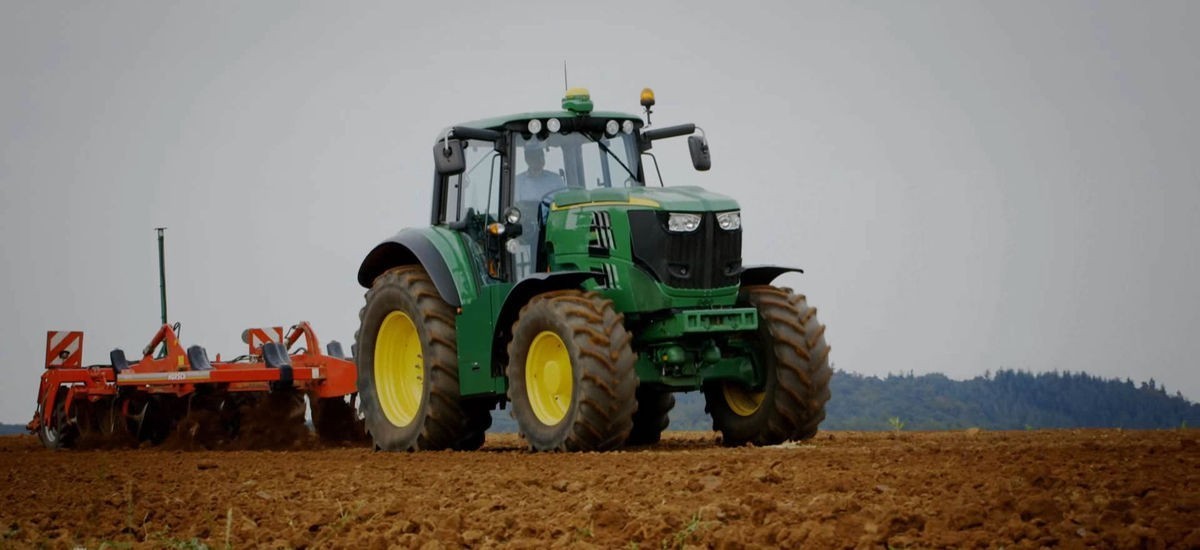In the early morning of an ordinary day, Jose climbs into the cab of his tractor, starts it and leaves it regulating in neutral while taking a few minutes to warm up, or “take temperature”, then go out to work. While the temperature rises, a couple of maroons are taken, that is to say a couple of mates without sugar with strong and tasty yerba mate. After a few minutes, he starts moving and faces the tasks of the day, be it sowing, fertilizing or harvesting.
With this procedure, for ten or twenty minutes the engine works cold and the diesel oil burns incompletely, with the metal parts that work without dilation, as they do when they are hot. But what is not taken into account is that during those minutes as brief as harmful, the fuel releases acids and vapor that are transferred to the crankcase mixing with the oil. The direct consequence is that the oil shortens its useful life because the additives it has in its breast compensate the acidity coming from the badly burned diesel. Is that for this are the additives, not to mention that the oil also captures the soot originated in the same incomplete burning of fuel. In addition, the oil will be changed -in the best case- at the hours indicated in the tractor maintenance booklet.
In fact, if you want the lubricant to fulfill all the functions for which it was developed, in an engine treated in the conditions described here, it should be replaced in a shorter time.

Although it is not mathematical to change the engine crankcase oil time, it is strongly recommended to respect the periods indicated in the maintenance booklets. The change is the time in which the correctly treated oil will work more hours under optimal conditions of lubrication. And what is said is valid for mineral oils and synthetic oils, the latter of greater value and longer life than mineral oils.
Continue Reading: Smart technologies at Agritechnica
As a side note, remember that synthetic lubricants are created artificially achieving greater resistance to higher temperatures than oils of mineral origin. They work well at lower temperatures, so cold starting is less problematic. Reduces friction and friction between metals more. The applied additives help to combat the mud and residues of fuel combustion. They increase the useful life of the engine, the spaces between changes are greater, increase the power and reduce the consumption of fuel. They are applied at any time during the life of the engine.
The official tractor of the expo will be from New Holland
Now, can the tractor start-up process be improved? What is the correct way? It is very simple.
When the engine is started, it is best to put the throttle at mid race and as soon as the first explosions began, lower the acceleration to the minimum, put first and walk out. Gently, without accelerating more than enough, as to achieve the advancement of the soft equipment without acceleration. In such a way that the engine will gain the working temperature in the shortest possible time, it is about 5 to 7 minutes with all the mechanisms in good working order. That is, in modern tractors: radiator, water pump, electric fan, thermostat and double radiator valve with recovery bottle. In the older ones: radiator, fan, radiator cap with double valve or without it, fan and thermostat. In this way the generation of acids and soot is minimized, metals will expand more quickly,
As soon as you notice that the temperature becomes necessary for the job (which will be in less than half the time that is necessary with the maroons), you will begin to demand from the equipment the services or service of rigor. Likewise, with this procedure the transmission and the hydraulic will have arrived at the same time at the working temperature as in the other way. When the tractor leaves with the engine hot, the transmission will still be cold and will be required as if it were already in working condition. Transmission also suffers the consequences of a bad daily warming.
In other words, it can be said that the engine works well in a narrow range of temperatures, and when it goes out of range either due to failure in the cooling system or due to poor handling, the oil that loses its lubricating power is denatured, and the motor “grabs” and melts. Sometimes it does not get to melt, but then we talk about a “reheated”. And they say it did not happen to majors. And many times those major flaws will come at some time, sooner rather than later. And also if the engine works cold, the consequences will be the bad burning of the fuel, that is the incomplete combustion, which leads to the shortening of the useful life of the oil and, therefore, of the engine. In addition, a cold working engine consumes more diesel and more oil, and pollutes the environment more by the greater emission of gases and soot.
In short, as soon as it started, walk away, do not wait for the engine to warm up with the tractor stopped. The latter will cause progressive damage. A little each day is not noticed, until it is noticed.
Tags: tractor engine



Leave a Reply